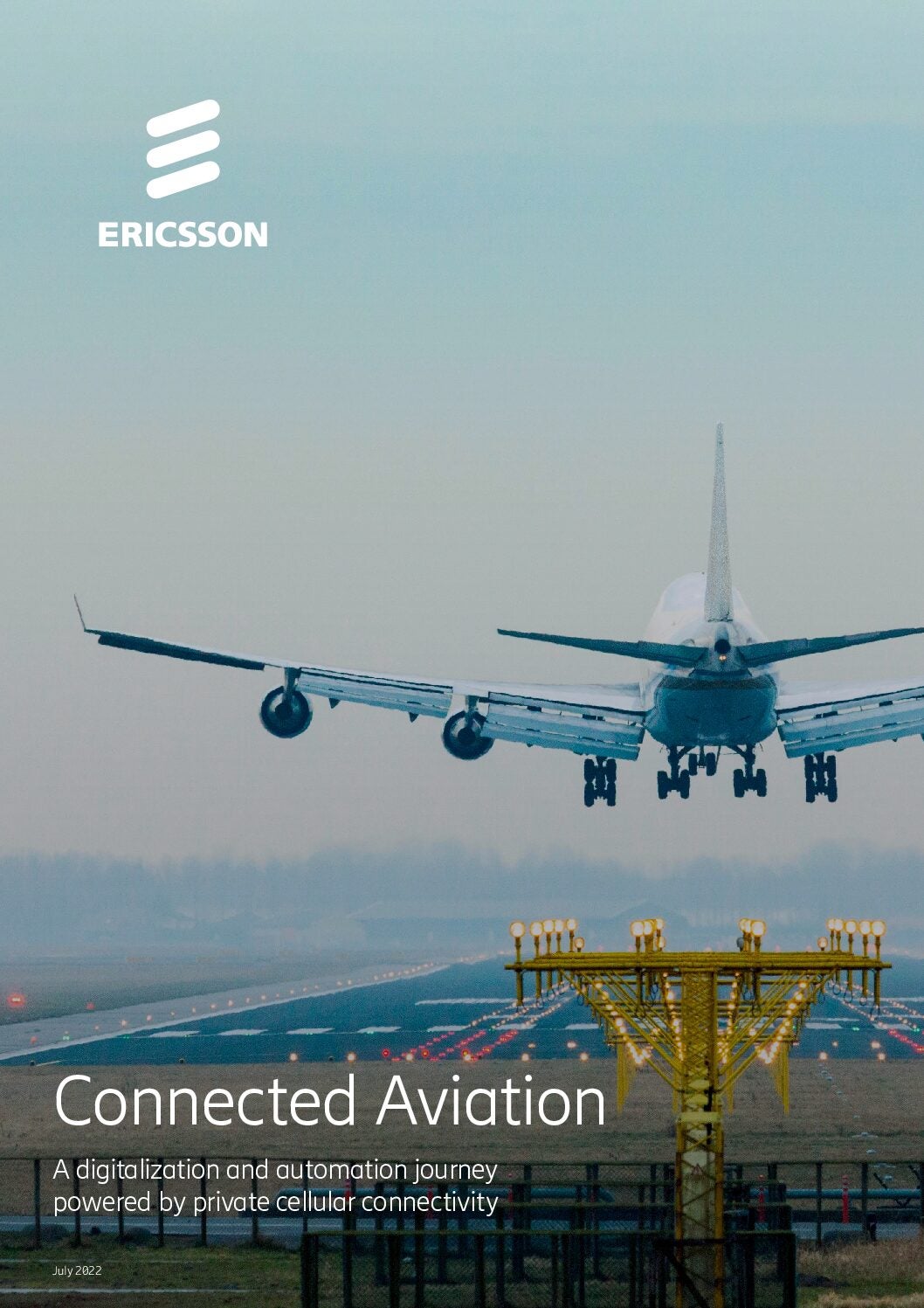
In dynamic, logistically complex environments like airports, mission-critical communications are essential for ensuring smooth and safe operations.
With the increasing complexity of communications infrastructure straining current legacy systems at most airports, a growing need exists for not only voice, but video and data applications. Communications technology is required for supporting airport operations, as well as the connectivity needs of passengers seeking flight information, POS (Point of Sale) systems for retail vendors, and more. An airport is an increasingly connected, data-driven place demanding real-time communications, where digital transformation is advancing rapidly. Travelers and operators both are demanding the airport of the future be a smart, digitally integrated experience.
Today, airports have a unique opportunity to modernize and future-proof their mission-critical communications while simultaneously establishing a foundation for long-term transformation. Implementing Mission-Critical Push-to-Talk (MCPTT) technology over a 5G private network can provide immediate value by creating a unified connectivity platform for the smart airport of the future. This technology unlocks use cases such as automated baggage handling, touch-free retail experiences, biometric security and more, all benefiting from the low latency and superior throughput of 5G.
The current state of airport connectivity
Airports operators recognize the necessity of modernizing communications systems and implementing comprehensive, integrated solutions. However, achieving this modernization can be challenging. Despite the transportation sector’s eagerness to embrace new network solutions, several hurdles exist.
Legacy systems, such as Terrestrial Trunked Radio (TETRA), Project 25 (P25), and Digital Mobile Radio (DMR), have been the backbone of airport communications for years. While these systems provide basic voice communication, their limited bandwidth renders them inadequate for meeting the growing demand for data and video communication.
Aside from evolving needs, deploying and maintaining multiple parallel networks, including wireless Wi-Fi networks, is complex and costly. Operators often manage approximately 120 individual steps to ensure timely aircraft servicing. Workers carrying multiple devices for various purposes face cumbersome workflows, and siloed systems and applications lead to operational inefficiencies.
By phasing out legacy systems and transitioning to cellular-based communication – especially with 5G private networks — airports can achieve high reliability, cost savings, and enhanced data/video capabilities. This modernization not only benefits the operational efficiency of airport staff but also contributes to improved coordination, reduced delays, and increased network security and reliability.
5G: Enabling mission-critical communications and long-term transformation
Deploying a mission-critical technology environment at an airport is a serious undertaking —still, the need for change is clear. In any flight , there are numerous moving parts, and digitalizing processes can significantly boost efficiency with digital forms, processes, patrol routes and flexible scheduling.
Because of the growing push towards integrating real-time communication over cellular networks to provide voice, video, and data capabilities to the airport value chain, airports need a solution that can meet diverse, data-heavy requirements. Historically, investments have focused on DMR and Land Mobile Radio (LMR) for emergency services and equip operational staff with highly reliable solutions like direct mode operations that allow operational and emergency communication regardless of network availability. While this approach worked in the past, it doesn’t account for the changing nature of mission-critical communications.
Ensuring high network reliability — especially in emergency situations — and bolstering security through 5G private networks offers a variety of benefits. These include reduced operational costs, streamlined information exchange and an enriched passenger experience.
In the era of 5G, network functionality and availability are significantly enhanced, especially with a private network. Today’s private 5G solutions grant operators the ability to allocate capacity, coverage and quality strategically and securely, while prioritizing specific devices and applications for communication over the network.
For example, operators can add functions to efficiently assign the right task to the right person or team based on skills, availability and location. These functions optimize task assignments and resource allocation during critical airport activities, such as aircraft turnaround processes.
Moreover, the integration of narrowband and broadband capabilities, facilitated by technologies such as MCX, provides a broader range of functionalities. These encompass video streaming, geolocation and geofencing, and emergency services, each essential to enhancing the safety and efficiency of airport operations.
Some industry pioneers are already reaping the benefits. For example, Airbus, a sustainable aerospace company, has developed solutions for remote inspection operations using cameras connected via cellular networks.
Looking ahead, private 5G will unlock the potential for further capabilities, including autonomous guided vehicles for baggage or maintenance support, AI-optimized orchestration of gate traffic, or personalized experiences for travelers. As airports become “smarter,” driven by consumer demand for a seamless travel experience, a robust and unified 5G connectivity platform will enable airport operators to meet both current and future needs.
Co-existence and gradual migration: A path to smart airports
The transition from legacy systems to cellular-based communication won’t happen overnight. Instead, it will be a gradual process requiring the integration of existing technologies with new ones.
Companies like Streamwide and Airbus are at the forefront of providing solutions that facilitate the co-existence of TETRA and cellular networks in airport settings, ensuring a smooth transition to modernized communication systems. These solutions, hosted on both on-premises and via cloud-based application servers, allow airport professionals to access enhanced communication services using consumer-grade mobile devices, easing the transition.
As the aviation industry continues to embrace digital transformation, adopting modern communication solutions will be pivotal in shaping the future of airport operations. Phasing out legacy communication systems is essential for developing smart airport infrastructure capable of meeting the dynamic demands of staff, passengers and assets. By leveraging cellular-based communication for mission-critical communications, airports can enhance operational efficiency, improve safety and security and future-proof their network capabilities for the airports of tomorrow.
With high data transfer speeds, low latency, increased security, high reliability and support for very large number of endpoints private 5G networks can support the wide variety of applications within terminals, from real-time baggage tracking to security surveillance. As airports work to transform, 5G networks provide a unified connectivity that works across applications and with existing connectivity like Wi-Fi, promising a future where airports can operate with enhanced efficiency and seamless connectivity for a streamlined travel experience, from start to finish.



